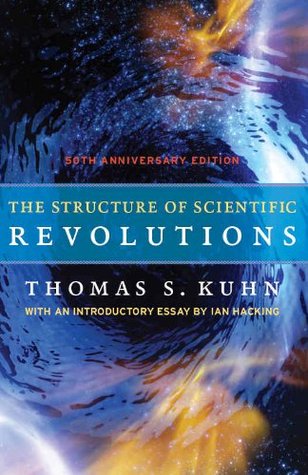More on this book
Community
Kindle Notes & Highlights
Read between
December 26, 2014 - January 11, 2015
Against Method (1975)
Normal science, the activity in which most scientists inevitably spend almost all their time, is predicated on the assumption that the scientific community knows what the world is like.
Copernicus, Newton, Lavoisier, and Einstein.
A man may be attracted to science for all sorts of reasons. Among them are the desire to be useful, the excitement of exploring new territory, the hope of finding order, and the drive to test established knowledge. These motives and others besides also help to determine the particular problems that will later engage him.
during a long course of years, from a point of view directly opposite to mine. . . . [B]ut I look with confidence to the future,—to young and rising naturalists, who will be able to view both sides of the question with impartiality.”7 And Max Planck, surveying his own career in his Scientific Autobiography, sadly remarked that “a new scientific truth does not triumph by convincing its opponents and making them see the light, but rather because its opponents eventually die, and a new generation grows up that is familiar with it.”8
The claim to have solved the crisis-provoking problems is, however, rarely sufficient by itself. Nor can it always legitimately be made.
At most he may wish to say that the man who continues to resist after his whole profession has been converted has ipso facto ceased to be a scientist.
Does a field make progress because it is a science, or is it a science because it makes progress?
Inevitably those remarks will suggest that the member of a mature scientific community is, like the typical character of Orwell’s 1984, the victim of a history rewritten by the powers that be.


